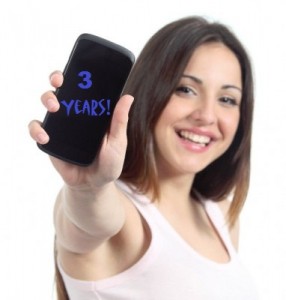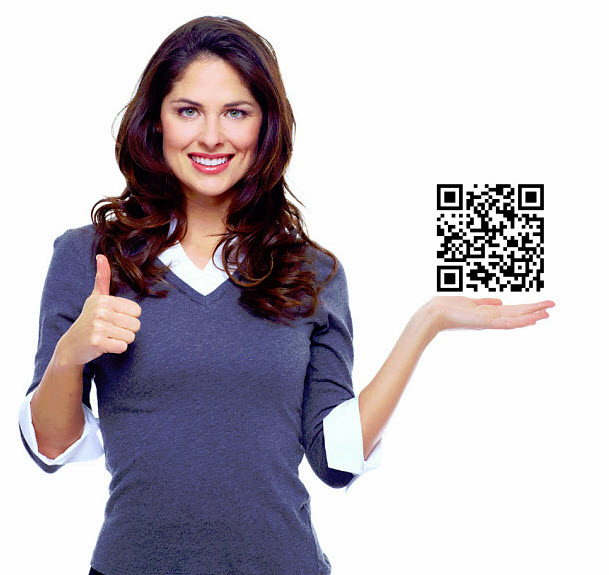The results of a recent study show that people expect wallet apps to become commonplace by 2017 to 2019.
Although there have been doubts with regards to the mainstream use of mobile payments in the United States due to the “slow” rate of adoption by merchants and consumers, a recent study shows that shoppers do feel that the regular use of these digital transactions is not long off. A survey was conducted by Mobile Commerce Press which revealed that the majority of people expect that mobile wallets will be as mainstream as plastic credit cards at some time between 2017 and 2019.
Changes in methods of payment away from cash have a long tradition of slow uptake.
Most people today are very comfortable and, overall, are quite satisfied by the experience that they receive through the use of credit cards at the checkout counter. But this was not always the way. Plastic credit cards were actually first invented in the 1920s. They didn’t become popular until the 1950s. When considering that three decade gap, the expectation that mobile payments will take between 5 and 10 years to become is not necessarily as lengthy as it might seem.
As more mobile wallets are unveiled by large players, such as Google, telecom companies, and Apple, consumers are becoming more aware of what they have to offer, and the types of benefits that they could enjoy.
According to the editor of Mobile Commerce Press, Loreen Worden, “Mobile payments would be one more step away from the reality of how much we spend,” and went on to say that “in fact mobile payments would be a boon for credit cards.”
Mobile payments will be convenient for consumers and could be tremendously beneficial to credit card companies.
 Worden stated that she feels that the credit card industry should be pushing mobile wallets more than they actually are due to the spectrum of advantages it has to offer them. The lack of plastic card manufacturing and distribution, on its own, has great cost saving potential, however, there is a psychological element that Worden feels should not be overlooked.
Worden stated that she feels that the credit card industry should be pushing mobile wallets more than they actually are due to the spectrum of advantages it has to offer them. The lack of plastic card manufacturing and distribution, on its own, has great cost saving potential, however, there is a psychological element that Worden feels should not be overlooked.
She pointed out that as is the case with other cashless forms of spending, there is a psychological detachment between spending and the understanding of how much money is actually being spent. When cash is used, the consumer can watch the amount of money reducing in his or her wallet. However, with credit cards and mobile payments, a mental record needs to be kept. The amount of total available funds shrinks, but not right before the spender’s eyes. This is exactly the type of effect that leads to the largest profits for credit card companies.
Key findings from the Mobile Commerce Press survey:
• 30.3 percent of participants feel that mobile payments will be mainstream by 2017 to 2019.
• 20.5 percent think that they will be commonplace by 2015.
• 18.9 percent feel that 2016 will be the year of mobile wallets.
• 11.5 percent said that by 2017, they would be commonplace in the US but that the rest of the world will be mainstream by 2015.
• 11.5 percent said that 2020 will be the year in which the whole world considers these transactions to be mainstream.
• 5.7 percent felt that smartphones would never become a typical form of payment, and that credit cards will always rule.
Mobile Commerce Press is a Los Angeles, California based news magazine that was established online in 2012. Its writing team regularly posts articles that share the very latest in cutting edge mobile technology, m-commerce, mobile payments and wallets, marketing, and other important trends relating to smartphones, tablets, and wearable technology devices.

 In addition to QR codes, other digital payment methods that were popular among mobile users included
In addition to QR codes, other digital payment methods that were popular among mobile users included 